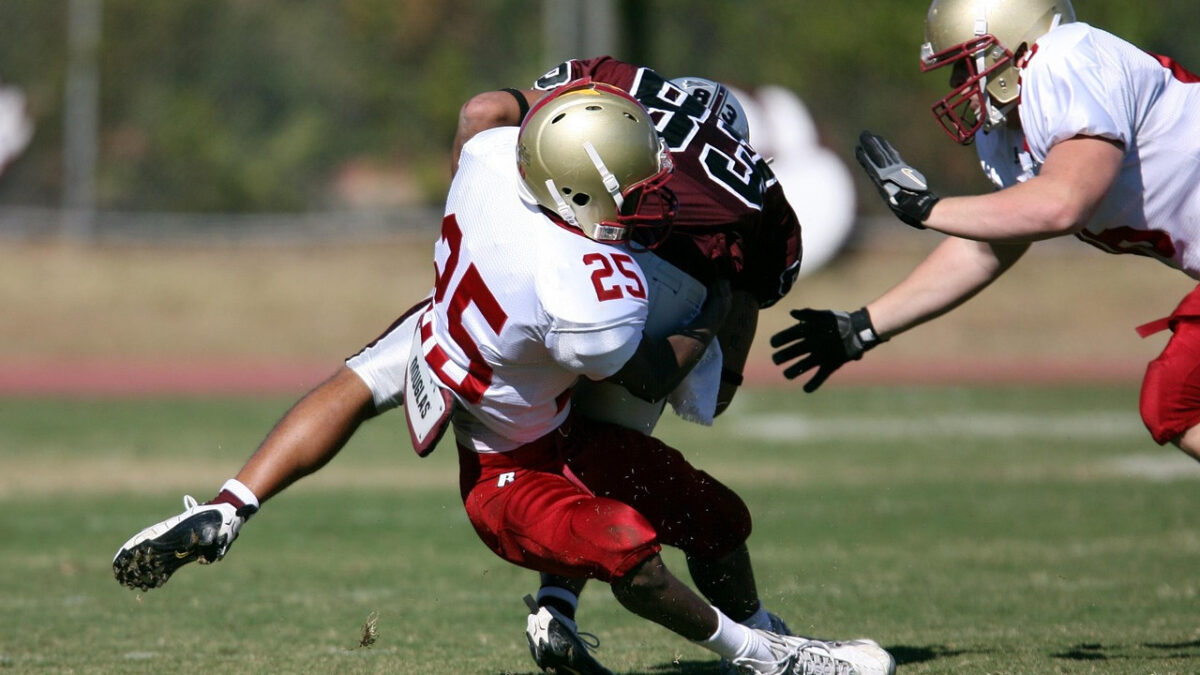Please don’t tell my wife. Today after doing a PERPLEXITY AI search, I changed my mind. My mother used to say that if I didn’t have an opinion about something then give me 10 secs! I found out that Division 1 College athletes graduate at a higher rate than Division 3 athletes. The numbers used in all cases are for 6-year graduation rates and I was surprised. Below is a coalescing of the information from PERPLEXITY, but I am still skeptical.
| Division | Metric | Overall Student-Athletes | Football Student-Athletes |
| Division I | FGR (6 years) | 69% 2 | ~60–65% (historical est.) |
| Division I | GSR (6 years) | 90% 4 7 9 | Higher than FGR, varies |
| Division III | FGR (6 years) | 70% 1 2 5 10 | 51% 6 |
| Division III | ASR (6 years) | 88% 5 10 | Not specified |
FGR = Federal Graduation Rate
GSR = Graduation Success Rate and does not count transfers out as a negative, but does count transfers in as a positive
ASR = Graduation Success Rate. That counts student athletes who leave a program in “good standing” as a neutral statistic.
I smell a rat in the rates! It would be almost impossible to follow an individual who drops out of and then transfers to different colleges many times over. Furthermore, what about an athlete that spends 1 year in a program, leaves college all together, returns and graduates in 6 years—not an uncommon scenario during Covid
The real question that needs to be answered is one most educators are unwilling to take the time and spend the money to find out the answer to: What happens at 5 years, 10 years, etc. after student athletes graduate? How many have meaningful jobs? How many are good citizens without criminal records? How many have gone bankrupt? How many are on public assistance? How many are good mothers and fathers?
Many years ago, I had a discussion with Dr. David Lachiondo—aka Lauch, who was the Principal of Bishop Kelly (BK) High School. He was citing (BK) graduation rates, Ivy League College acceptance rates for (BK) students as proof of the school’s fulfilling its commitment to parents that it was a college prep institution. At the time, there was nothing in the Schools Mission Statement or student recruitment marketing outreach that defined the institution in such a way—that certainly changed and very rapidly after my discussion with Dr. Lachiondo.
I suggested that a measure of a high school’s success might be found in a review of post-graduation of students at 5-10-15-20 years after graduation. At the time the school was putting an emphasis on the Rotarian slogan—also my Father’s Naval Class of 1942 graduation class motto, of “service before self”.
How many of your students went on to become Priests and Religious? How many went on to serve in the military or law enforcement? How many became full time mother CEO’s of families and raised children that came back and went to (BK)? What is the divorce rate of students who went to (BK) compared with the overall population?
Early educators in our country from Daniel Webster to the McGuffey brothers believed education had two purposes. First of all, to make good citizens. Second to give students the life skills so they could raise families and not be dependent on government for any form of subsistence.
So now back to our STUDENT ATHLETES. Once again, according to Perplexity, 1/6 of NFL football players drafted are bankrupt after 10 years of retiring from football. A much higher number—70% undergo significant financial stress within 10 years of retirement.
We don’t know the numbers for the average students in the outlying years. I do contend that even the NCAA has no clue about the success of the average student athlete, much less the average student—unless they are a “Coaches Corner Member” or a “President’s Club Member”.
And I think Boise State is almost unique in the world of college athletics. What percentage of contributions to The Bosie State Athletic Association (BAA) come from people who chose not to go to college, but instead became small businesspersons who now actively contribute to the BAA and Bosie State?
Just two generations ago, athletics in higher education were thought of being a means to an end. They were part of the educational process. They taught life lessons that you couldn’t learn in a chemistry lab or a statistics course. Without any exposure to the classics, students have little opportunity outside of athletics and maybe the humanities including music and the fine arts, of experiencing life lessons. Now that athletics has become an end unto itself, the student athlete is being increasingly put in harm’s way.
We have lost our focus. We aren’t keeping our eye on the ball!


